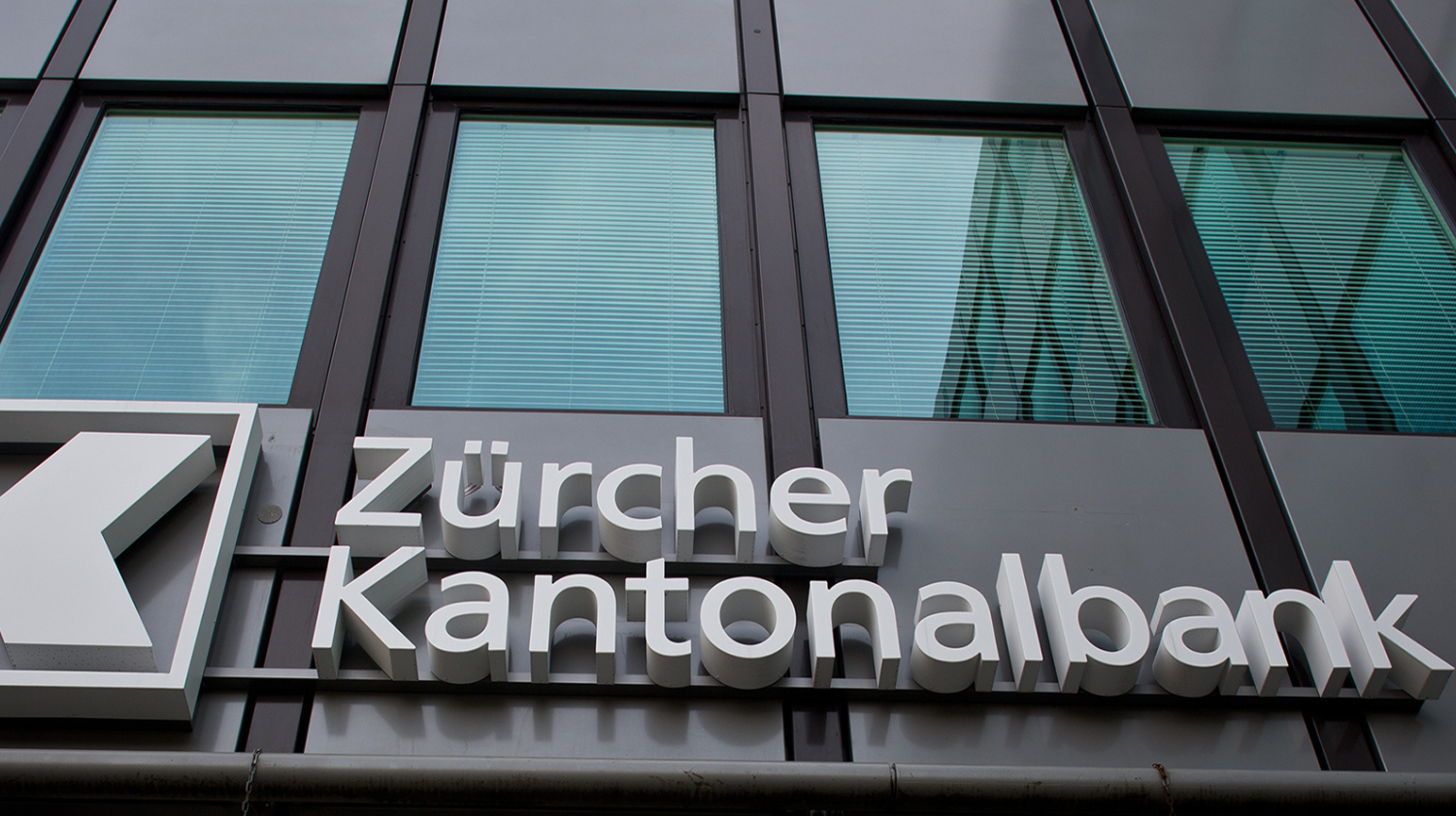
Knowing how to read crypto charts is essential for successful trading. It helps traders determine when to enter or exit trades, maximizing potential profits. This guide introduces the key technical indicators used in analyzing the price movements of Bitcoin and other cryptocurrencies.
Technical analysis (TA) involves examining current market conditions to predict future price movements. Unlike fundamental analysis, which assesses an asset’s intrinsic value, TA focuses on chart patterns, trends, and market sentiment. It’s crucial for traders to learn TA to make informed decisions in the volatile crypto market.
Crypto Market Sentiment: Bulls vs. Bears
Crypto markets can move in three directions: up, down, or sideways. A bullish market indicates rising prices, while a bearish market signals falling prices. Understanding these trends and crypto charts is vital for anticipating market movements and planning trades accordingly.
Key Technical Indicators
- Moving Averages: Used to smooth out price data and identify trends. The Simple Moving Average (SMA) and Exponential Moving Average (EMA) are common tools that help traders spot potential reversals.
- Support and Resistance: These levels indicate where prices are likely to stop and reverse. Identifying these zones helps traders decide on entry and exit points.
- Fibonacci Retracement: This tool uses ratios derived from the Fibonacci sequence to predict potential support and resistance levels during market corrections.
Reading Candlestick Patterns
Candlesticks are fundamental to crypto charts, showing the open, high, low, and close prices for a specific time period. Recognizing patterns like the “Golden Cross” or “Death Cross” can provide insights into future price movements.
Using Time Frames and Chart Patterns
Different time frames offer various perspectives on market trends. Short-term traders might use 15-minute or hourly charts, while long-term investors focus on daily or weekly charts. Common chart patterns, such as Head and Shoulders or Flags, help traders anticipate potential market reversals or continuations.
Order Book and Market Depth
The order book displays active buy and sell orders, giving insights into market demand and supply. Understanding market depth helps traders identify potential price movements and make strategic decisions.
Conclusion
Mastering crypto chart analysis requires practice and a solid understanding of technical indicators. By learning how to read and interpret these charts, traders can enhance their trading strategies and increase their chances of success in the dynamic world of cryptocurrency.












